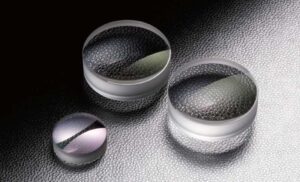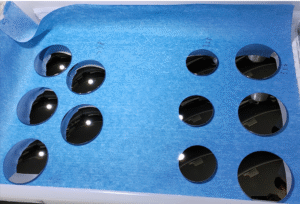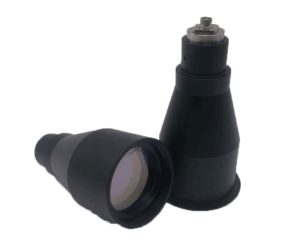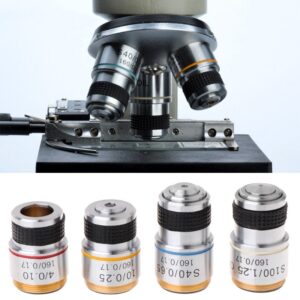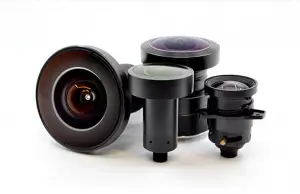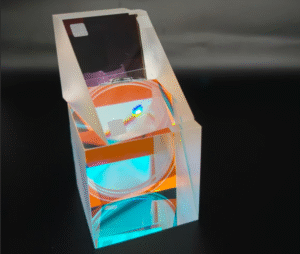Introduction: Microscope and Objectives
A microscope is an essential scientific instrument that magnifies tiny objects beyond the capability of the human eye. At the core of its function are the objectives—the primary lenses responsible for magnifying and resolving fine details.
At Bote (www.bote.com.sg), we specialize in customized optical components, including lenses, prisms, and microscope objectives for advanced scientific, medical, and industrial applications.

What Is an Objective on a Microscope?
The objective lens is the most important component in a microscope. Positioned close to the specimen, it collects light and creates the initial magnified image.
- Objective microscope definition:
An optical lens system designed to magnify an object within a microscope. - What is an objective on a microscope?
It is the lens closest to the sample, providing the primary image that is further magnified by the eyepiece.
What Is the Function of Objectives in Microscope?
The function of objectives in a microscope includes:
- Magnification: Increases the apparent size of the specimen.
- Resolution: Determines how clearly two close points can be distinguished.
- Light Collection: Captures light from the sample and directs it to the eyepiece or camera.
- Contrast Enhancement: Specialized coatings and designs improve image clarity.
Without high-quality objectives, even the most advanced microscopes cannot deliver accurate or detailed results.
Common Types of Microscope Objectives
| Objective Lens Color Code | Magnification | Typical Use |
|---|---|---|
| Red Objective Lens | 4x (Scanning) | Overview of specimen, locating areas of interest. |
| Yellow Objective Lens | 10x (Low Power) | General viewing, structural analysis. |
| Blue Objective Lens | 40x (High Power) | Observing fine details like cells. |
| White Objective Lens | 100x (Oil Immersion) | Microbiology, bacteria study. |
- Red objective lens on a microscope:
Known as the scanning lens, it has the lowest magnification (4x) and is typically the first lens used to locate the specimen.
Advanced Microscope Objectives
Beyond standard objectives, modern microscopy uses specialized designs:
- Achromatic Objectives – Correct color distortion at two wavelengths.
- Plan Objectives – Provide a flat field of view across the specimen.
- Infinity-Corrected Objectives – Allow for additional optical components (filters, beam splitters) without degrading image quality.
- Fluorescence Objectives – Designed for use in fluorescence microscopy.
At Bote, we can provide custom coatings and high-precision optics for objectives that meet the requirements of medical imaging, semiconductor inspection, and scientific research.
Microscope and Objectives in Science
Microscope objectives are essential in many fields:
- Biology: Studying cells, tissues, microorganisms.
- Medicine: Pathology, diagnostics, surgical imaging.
- Materials Science: Surface inspection, defect detection.
- Semiconductor Industry: Wafer inspection and nanotechnology.
Bote supports these industries with custom optical solutions, ensuring high-quality imaging even under challenging conditions.
Optical Design and Manufacturing at Bote
Bote’s strength lies in custom optical design and precision manufacturing.
- Material expertise: Sapphire, Germanium, Zinc Selenide, and fused silica.
- Applications: Aerospace, naval periscopes, medical optics, and scientific imaging.
- Capabilities: Grinding, polishing, coating, and advanced metrology for optical lenses and objectives.
By combining microscope objectives with Bote’s custom optics experience, clients gain access to durable, high-resolution optical solutions tailored to their projects.
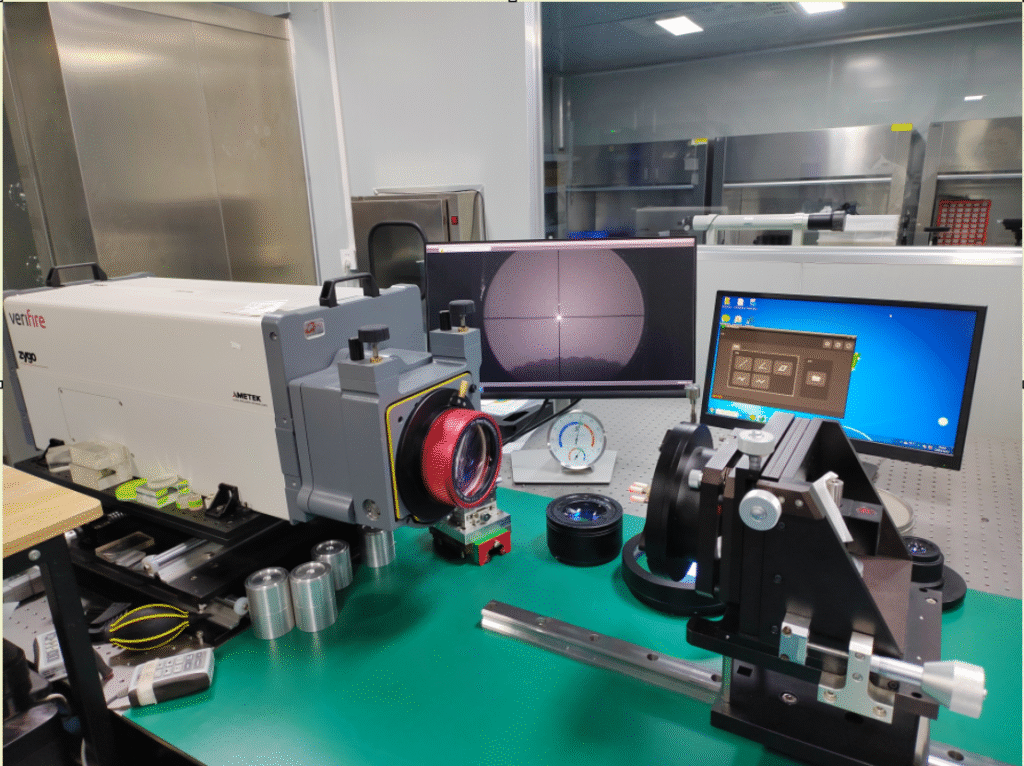
FAQs About Microscope and Objectives
Q1: What is an objective lens in a microscope?
It is the primary lens system that magnifies and resolves details of the specimen.
Q2: What is the function of objectives in microscope?
They provide magnification, resolution, and image clarity by collecting light from the sample.
Q3: What does the red objective lens on a microscope do?
It is the 4x scanning objective used to locate specimens quickly.
Q4: Why are microscope objectives color-coded?
The color codes help users identify magnification levels quickly.
Q5: Does Bote manufacture microscope objectives?
Bote produces custom optical lenses and components that can be integrated into microscope objectives for research, medical, and industrial applications.
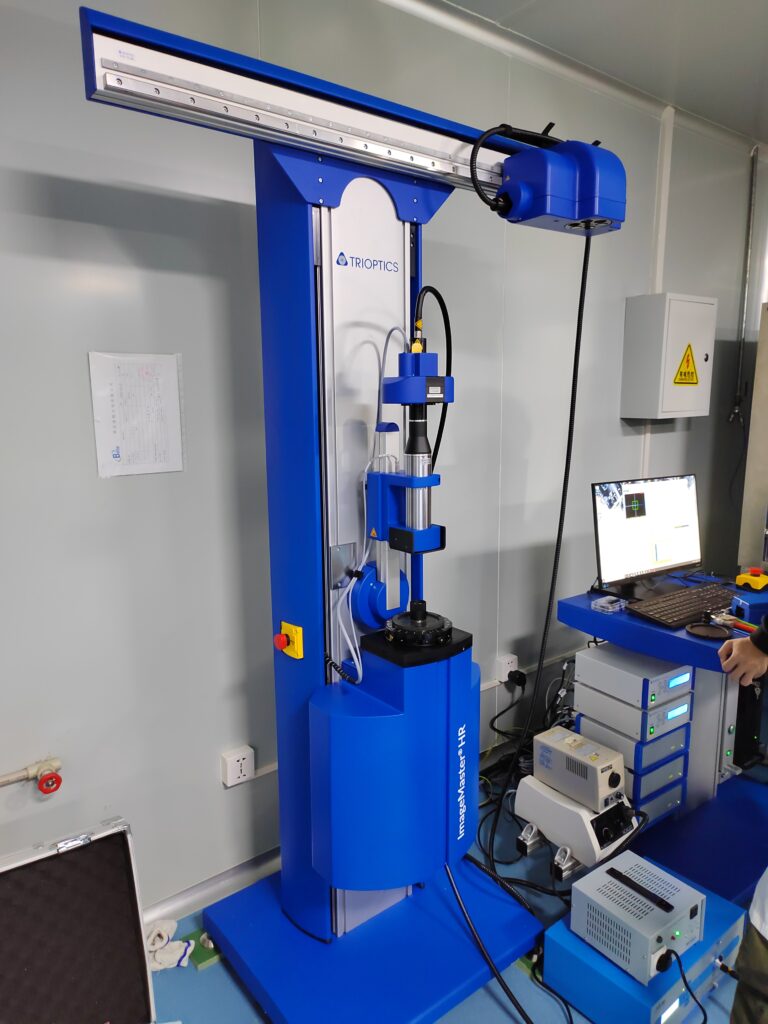
Conclusion
The microscope and objectives are inseparable in science. From the red objective lens (4x) used for scanning to advanced infinity-corrected objectives, these lenses determine the microscope’s capability.
At Bote (www.bote.com.sg), we provide custom optical components for microscopes and advanced imaging systems, supporting applications in biomedical research, aerospace, naval engineering, and material science.
👉 Contact us to explore how our custom lenses and objectives can enhance your next optical project.

Related Reads:
Boost your optics performance with custom aspheric lenses—engineered for precision, designed for excellence.

